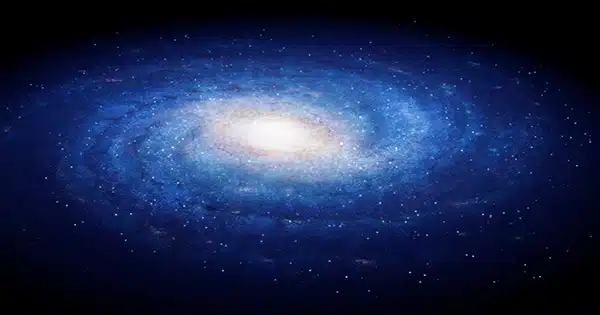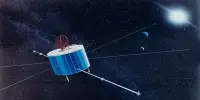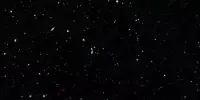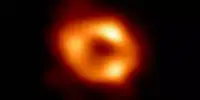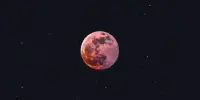A new film has captured a massive exoplanet 12 times the mass of Jupiter orbiting its star over a 17-year period in a thrilling 10-second time-lapse – and you should absolutely take time out of your day to appreciate the fact that you can view this astounding feat right now on your phone.
The time-lapse film was created using real data and depicts Beta Pictoris B orbiting its star at an angle. The video compresses 17 years – around 75% of its orbit – gathered between 2003 and 2020 into 10 seconds, making it the longest time-lapse of an exoplanet ever.
“We need another six years of data before we can see one whole orbit,” said Jason Wang, an astronomer at Northwestern University who conducted the study. “We’re about there. Patience is essential.”
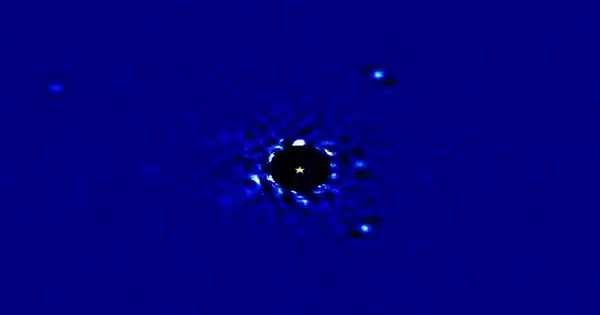
Beta Pictoris b, located about 63 light-years from Earth in the constellation Pictor, is a monster of a planet with a mass 12 times that of Jupiter. Its star, Beta Pictoris, is 1.75 times the size of the Sun and orbits it at around 10 times the Earth-Sun distance. It’s also incredibly young, at only 20-26 million years old, and 8.7 times brighter than our star.
“It’s extremely bright,” Wang observed. “This is why it was one of the first exoplanets discovered and directly imaged.” It’s so large that it sits on the cusp between a planet and a brown dwarf, both of which are more massive than planets.”
Wang made his first time-lapse of Beta Pictoric b after five years of tracking it. He was assisted in creating the new version by high school student Malachi Noel, who was participating in Northwestern’s REACH program, which gives students experience in astronomical research.
Noel processed data from the Gemini Observatory and the European Southern Observatory on the planet using an AI image-processing approach. Wang then used another AI approach known as “motion interpolation” to fill in the gaps in the data caused by the planet jumping about to create a film depicting its continuous smooth orbit.
“If we just combined the images, the video would look really jittery because we didn’t have continuous viewing of the system every day for 17 years,” Wang explained. “The algorithm smooths out that jitter, allowing us to imagine how the planet would appear if we saw it every day.”
The black circle and star emblem in the center of the image are actually suppressing the glare from Beta Pictoris, but the star’s light is so intense that it outshines the planet when it gets too close. Those points are indicated with an X so we can continue to follow its path around its star.
As Wang points out, physics and equations can feel abstract at times, and graphs aren’t always inspirational, but seeing a movie with your own eyes of anything happening out in space is visceral – and well worth 10 seconds of your time.
